A Storm Contractor’s Steps to Success
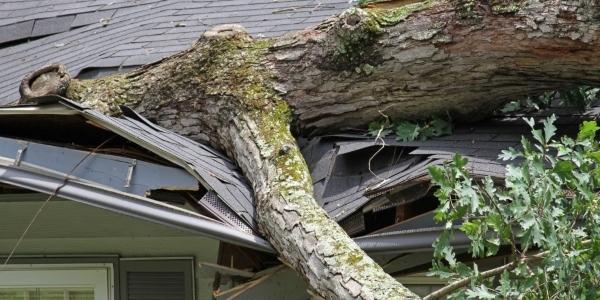
By Justin Finneran, CertainTeed.
Storm season is unfortunate for homeowners, but lucrative for contractors.
Hail storms, tornadoes, hurricanes and other disasters are the last thing home and business owners want to experience in their neighborhoods. However, these natural disasters are unavoidable. Insurance restoration contractors, also known as storm contractors, focus on repairing damages created by these storms.
Though storms occur throughout the year, storm contractors typically find consistent work through the start of the hail season (mid-April to September) until the end of the Atlantic hurricane season (June to late November). Depending on the part of the country in which you reside, the storm season for hail may come early spring or sometimes as late as October.
If you’re a contractor whose influx of work has been negatively impacted by the COVID-19 pandemic, you may be inspired to look for work outside of your locale. If you have the freedom to travel, storm contracting can be a great way to supplement your income, but it’s not without challenges. These tips can help you make a great impression and stand out among competitors.
What to expect
Local contractors sometimes view storm contractors as muscling in on their turf. The reality is that when major storms come through an area and cause millions of dollars-worth of damage overnight, it can be difficult for local companies to scale up their businesses to handle all that work. Storm contractors help fill a labor void and get storm-ravaged communities back on their feet quicker. If you’re new to an area, however, you may encounter some local resistance.
The key, as always, is to provide valuable services in an ethical and professional manner. Before the start of the storm season, it’s a good idea to establish a relationship with (or at least introduce yourself to) local contractors where you may be doing repairs. You may be able to share leads or form a mutually beneficial relationship.
If you already specialize in storm contracting, be sure to bolster your reputation by sharing information about previous jobs, what areas of construction you specialize in, and how long you’ve been in business. Furthermore, understanding the individual market dynamics will provide an avenue for small repairs and warranty work.
It’s also important to build partnerships with local insurance adjusters. These can be win-win relationships that increase your bottom line. When you’ve worked side-by-side with an adjuster to resolve differences of opinion in the estimating process, they’ll likely work with you on future jobs. You’re also more liable to be named on the insurance check, speeding up the payment process.
How to avoid red flags
Potential clients will likely have more questions about your reputation and previous work than if they were dealing with a local contractor. This will require more preparation on your part to make a good impression. Here are a few things storm contractors can do to avoid setting off unnecessary alarms:
-
Have multiple references – Keeping multiple references handy demonstrates your capabilities and competence, which is vital when you’re viewed as an outsider. Take photos of work completed within the past 12 months and maintain a database with the names and contact information of happy former customers. Local references are gold, because they show potential customers you are invested in the community, are familiar with local building codes, and have a relationship with local contractors and suppliers.
-
Maintain a local or regional office – P.O. Box addresses and 800-number contacts are big ‘red flags’ homeowners look for to weed out storm contractors who may not be fully committed to quality work. Even if it’s a regional office in a nearby state, having a brick-and-mortar address and phone number with a matching area code assures the homeowner that you stand behind your work. It also helps to make sure that your website is up to date.
-
Be ready to present proof of licenses, credentials, etc. – Make sure to have copies of both your liability insurance and workers’ compensation insurance to present to potential clients. This lets them know that any unintentional property damage or work site injuries will be covered by your insurance. Most states and cities require contractors to be licensed in the localities where they do work, so be ready to direct clients to state or municipal databases where they can verify your licensing.
How to stand out
Storm contracting can be highly competitive. While many contractors rely on door-to-door advertising and flashy handouts, your professionalism will often speak for itself. Bolster your merit by taking certain additional steps:
-
Offer product and payment variety – Don’t offer the bare minimum with your product offerings. If your client lives in ‘Hail Alley’ and receives significant roof damage on an annual basis, a run-of the-mill asphalt shingle probably won’t do the job. You may want to be able to offer a polymer-modified shingle, an extremely impact- and weather-resistant alternative to common asphalt shingles. It’s also important to include a variety of payment options, including financing, especially in areas where there are high deductibles.
-
Offer knowledge – Helping potential customers understand their manufacturer warranty (life expectancy guarantees of the product) and workmanship warranty (protection guarantees following the installation of the product) is a value-added service for contractors. Helping people understand these protections gives you an opportunity to further highlight the benefits and longevity of the product. It also demonstrates your commitment to the customer. If you are credentialed by the manufacturer of the products you install, include mention of it in your customer conversations as another feather in your cap.
-
Offer an understanding of the insurance process – Many property owners have never been through an insurance claim on their home. The insurance paperwork, payment schedule, and whole process can be confusing. Helping your customers understand what the insurance is paying, why they are covering the loss (including why hail-damaged shingles need to be replaced, even if they can’t see the physical damage) and how the payments will happen, will create a satisfied customer and result in positive reviews and potential referrals.
-
Create a pressure-free customer experience – Storm-affected homeowners are often anxious, vulnerable, and eager to fix the problem. After assessing the damage with the insurance adjuster and presenting the homeowner with options, give the homeowner time to make the best decision for the household. Be sure to give the insurance company time to estimate the damage before asking the homeowner to sign a contract, and be upfront about any costs of which the homeowner may be unaware.
Storm contractors serve an important role in helping communities recover from disasters. When they present themselves as knowledgeable, trustworthy, and committed, they can more easily carve out a profitable existence.
Learn more about CertainTeed in their RoofersCoffeeShop® Directory.
Original article source: CertainTeed


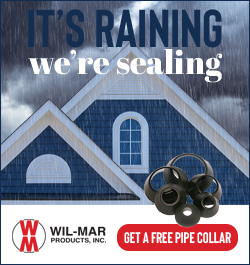










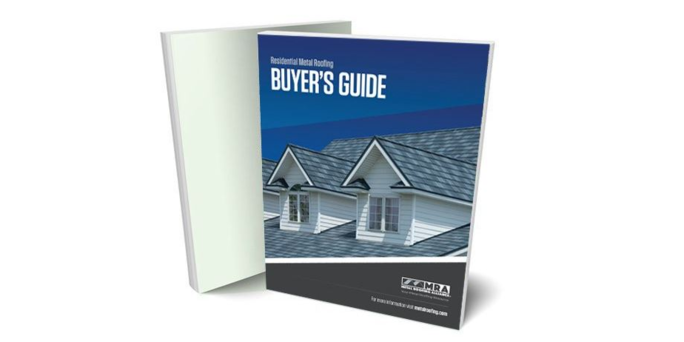


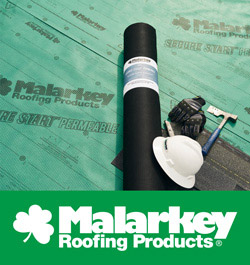
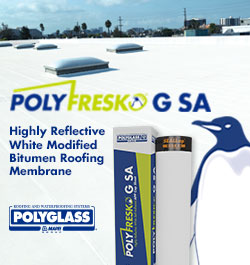


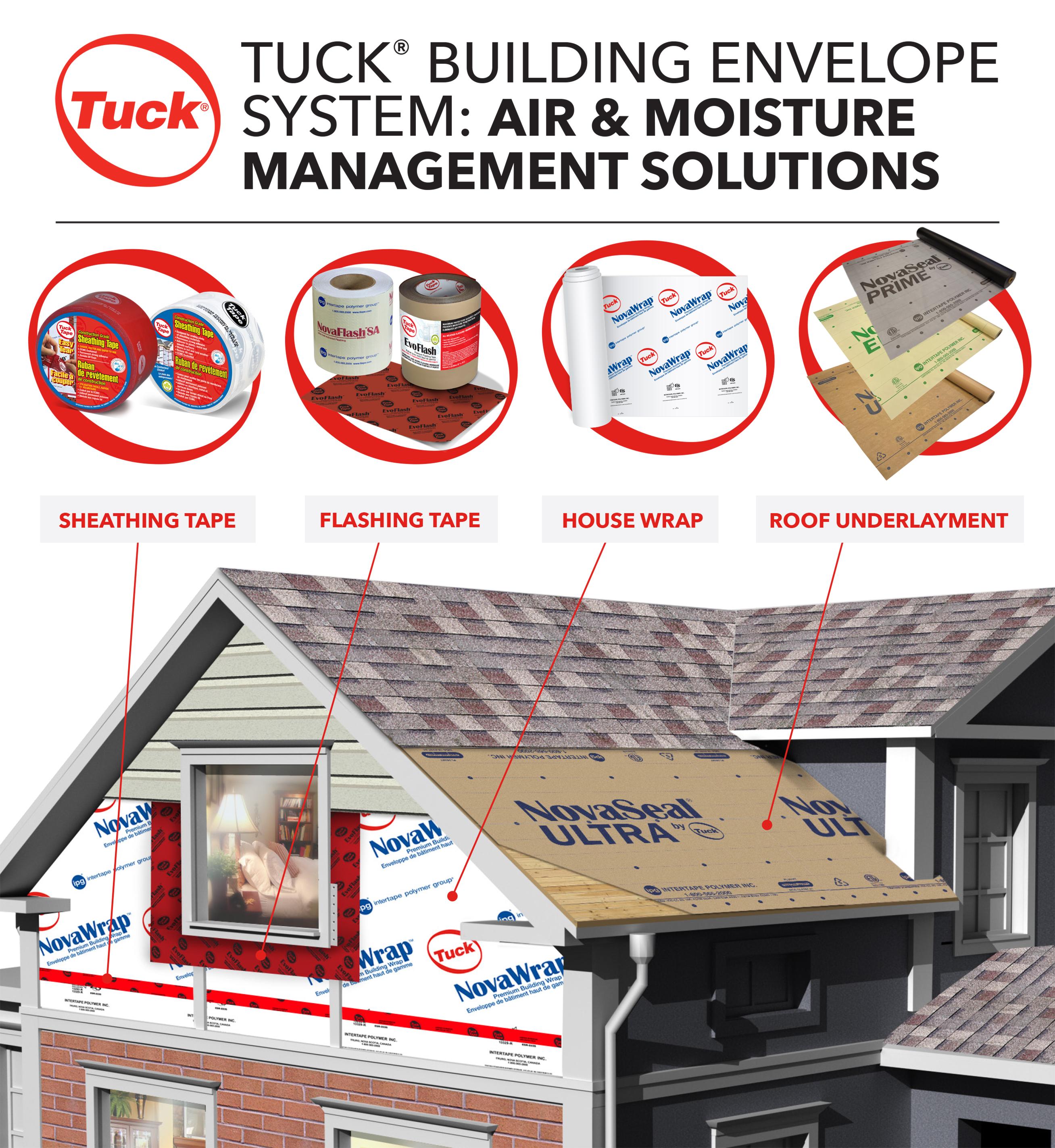
Comments
Leave a Reply
Have an account? Login to leave a comment!
Sign In